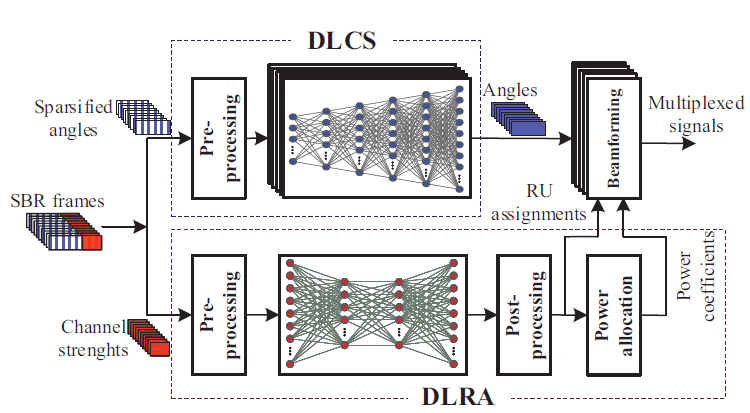
DeepMux is deep-learning-based MU-MIMO-OFDMA transmission scheme for 802.11ax networks. DeepMux comprises DLCS and DLRA. DLCS uses DNNs to reduce the airtime overhead of 802.11 protocols and DLRA employs a DNN to solve the mixed integer resource allocation problem.
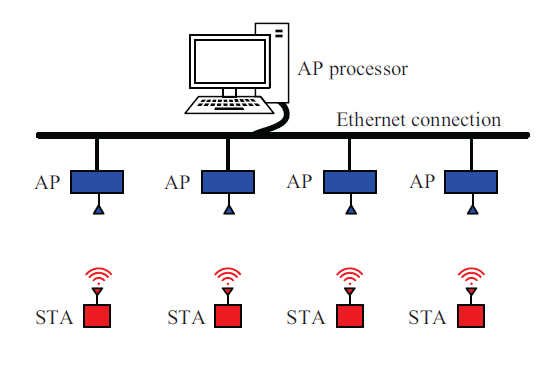
UD-MIMO enables concurrent uplink transmission in the absence of fine-grained synchronization. Its enabling technique is a scheme to decoding uplink packets from asynchronous users. UD-MIMO makes it possible for WLANs to significantly improve their uplink throughput without requiring synchronization.

DM-COM is a practical scheme for enabling the coexistence of D2D and MU-MIMO subsystems in cellular networks. The enabler of DM-COM is an approach for managing the mutual interference between the two subsystems, which does not require channel state information.
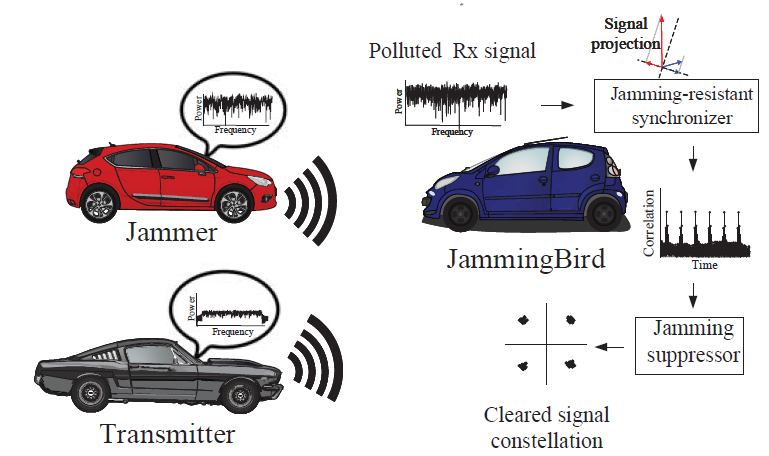
JammingBird is a novel receiver design that tolerates strong jamming attacks. JammingBird is of Jamming-resistant synchronizer and jamming suppressor. These two modules are able to detect, synchronize, and recover desired signals under jamming attacks, regardless of the PHY-layer of jammers.

VehCom is a fully distributed message broadcast scheme for V2V networks. VehCom offers a delay guarantee for each vehicle while minimizing packet loss rate. The enabler of VehCom is an asynchronous packet reception, which leverages a vehicle’s multiple antennas to decode asynchronous collided packets.
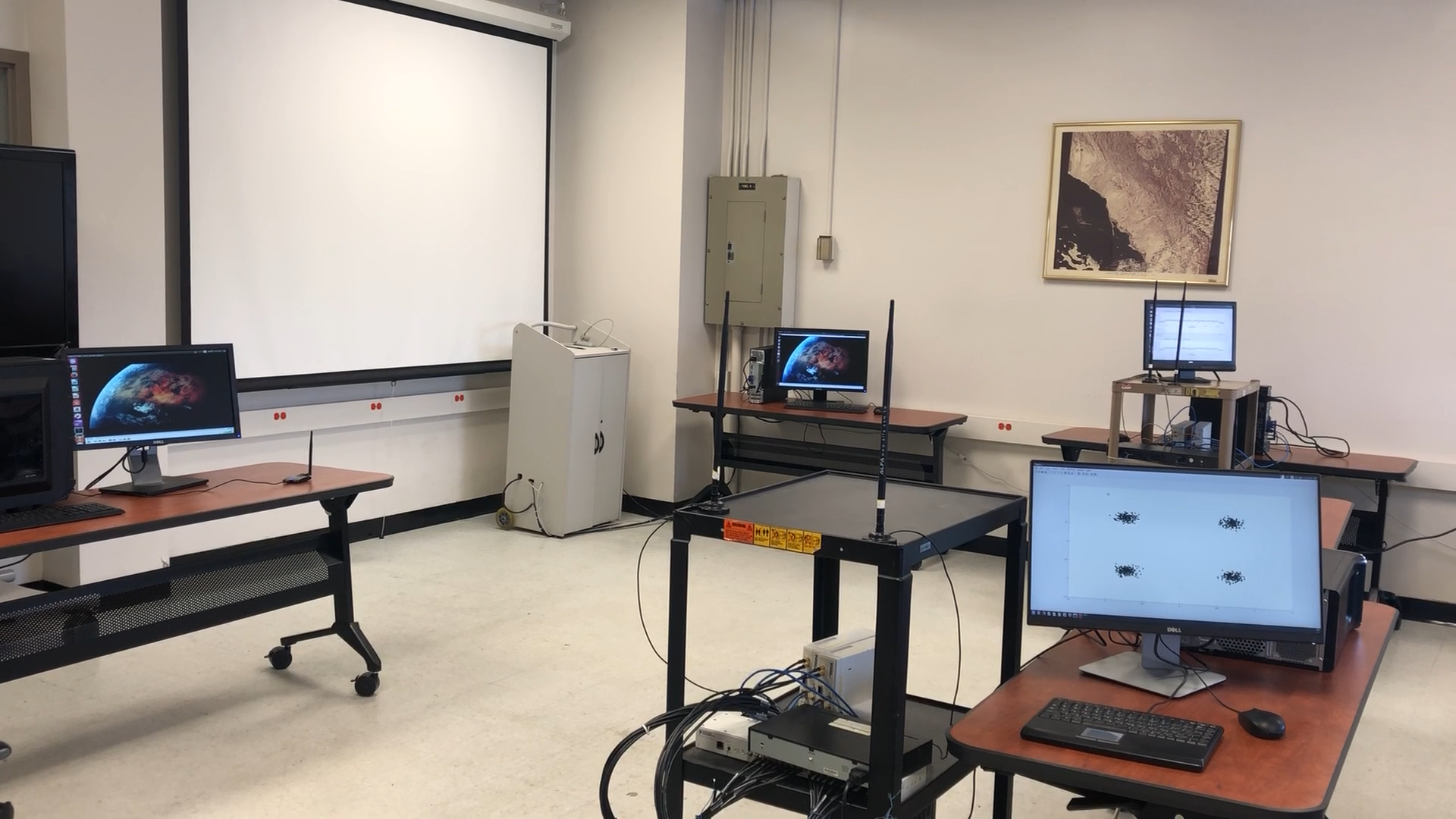
We proposed a spectrum sharing scheme for cognitive radio networks where secondary users have no knowledge about the primary network. We have built a prototype of our scheme that showed the secondary network could coexist with commercial Wi-Fi and LTE devices without degrading their performance.
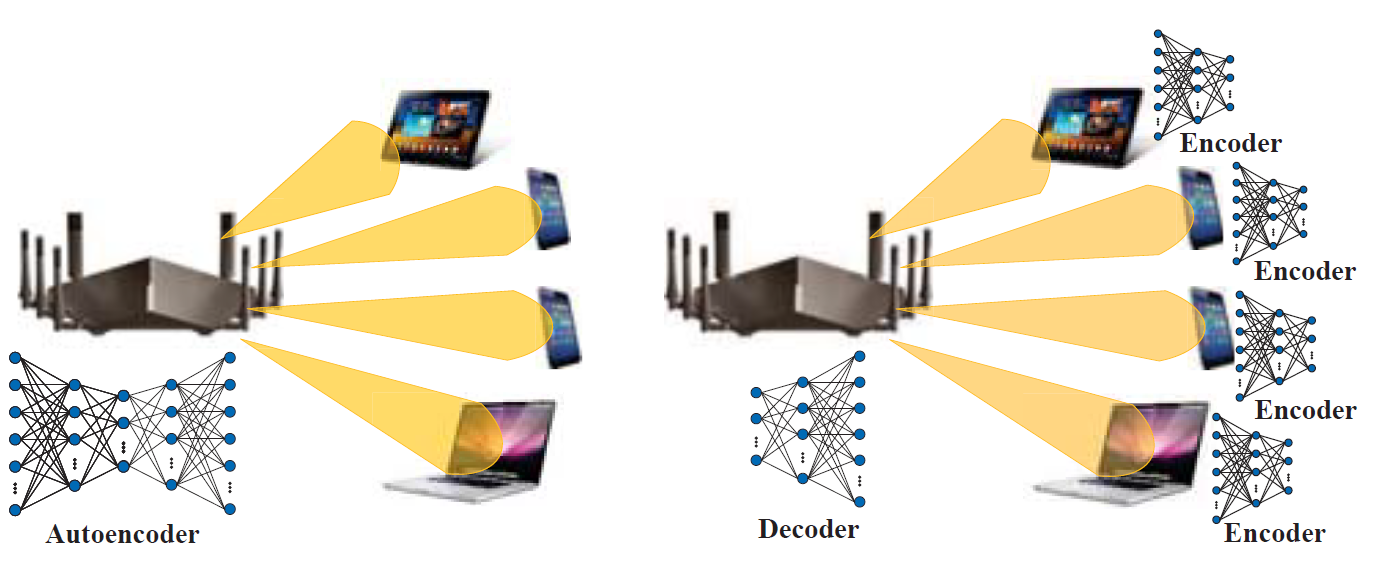
LB-SciFi is a learning-based feedback framework for MU-MIMO in WLANs. It employs DNN autoencoders to compress CSI in WiFi networks, thereby conserving airtime and improving spectral efficiency. Experimental results show that it offers 73% airtime overhead reduction and 69% throughput gain.
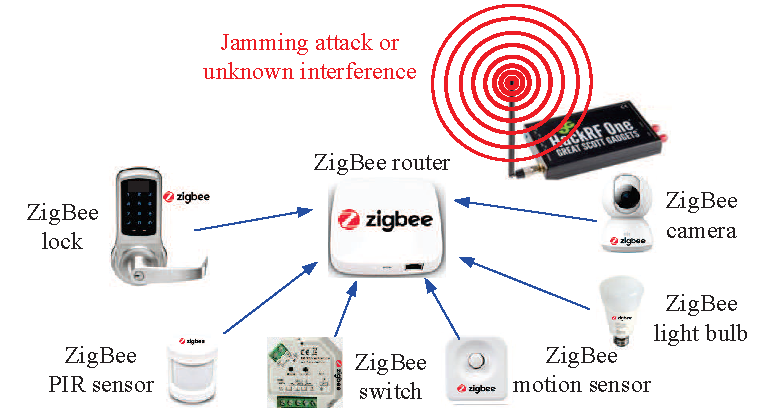
This paper proposes a new ZigBee receiverby leveraging MIMO technology, which is capable of decoding its desired signal in the presence of constant jamming attack. The enabler is a learning-based jamming mitigation method, which can mitigate the unknown interference using neural networks.
We proposed a downlink NOMA scheme for WLANs including precoder design, user grouping, and successive interference cancellation (SIC). We prototyped the proposed scheme and experimental results show that the proposed downlink NOMA significantly improves the weak user’s date rate and sum rate.
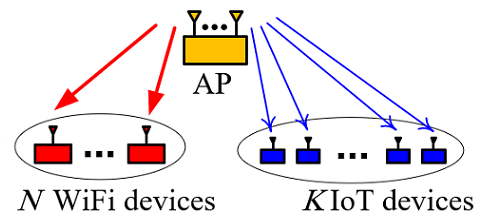
WiFi-IoT coexistence adds energy-efficient IoT communications into WLANs. WiFi-IoT features two
innovative techniques: an asymmetric physical (PHY) design and a transparent coexistence scheme.
The transparent coexistence scheme enables a multi-antenna AP to serve Wi-Fi and IoT devices simultaneously.
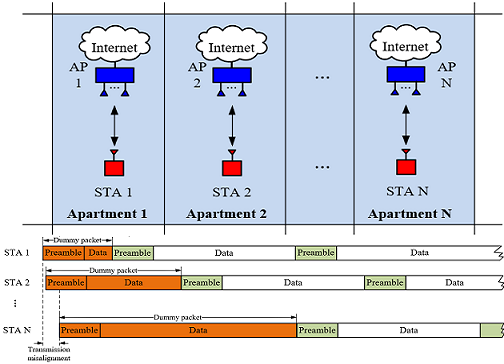
TCCI is an interference management scheme enabling concurrent transmission in WLANs. TCCI requires neither network-wide synchronization nor inter-network data sharing, and therefore is amenable to implementation. We have illustrated TCCI compatibility with commercial devices.
This paper proposes a practical underlay spectrum sharing scheme for CRNS where the primary users are oblivious to secondary users.
The key components of our scheme are two MIMO-based interference cancellation techniques, blind beamforming and blind interference cancellation techniques.
In this paper, we propose an energy-efficient IoT communication scheme by taking advantage of the existing WiFi infrastructure.
EE-IoT will not only avoid monthly service charge for the end users but also maintain a low power consumption for IoT devices.
Due to large communication overhead, Byzantine Agreement (BA) degrades the lifetime of WSNs dramatically. For detecting defective or malicious sensors, the traditional BA does not offer a feasible solution. In this paper, we propose a two-level leader-first BA for large scale WSNs to reduce the energy consumption and maintain the reliability of network.

In this paper, a two-user SISO X-channel with confidential messages is addressed. During different time slots, the CSIT alternates between three states including perfect, delayed, and null. By using the eminent synergistic benefits of CSIT patterns, several schemes capable of attaining the maximum achievable SDoF are presented.
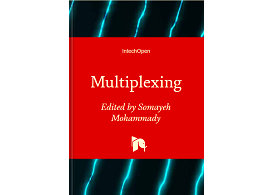
In this chapter, we review the multiplexing techniques that are used in exiting wireless systems, including TDMA, CDMA, FDMA, OFDM, and power-domain NOMA. The ultimate goal of these techniques are providing the opportunity of concurrent multi-user transmissions and effective utilization of available communication resources.
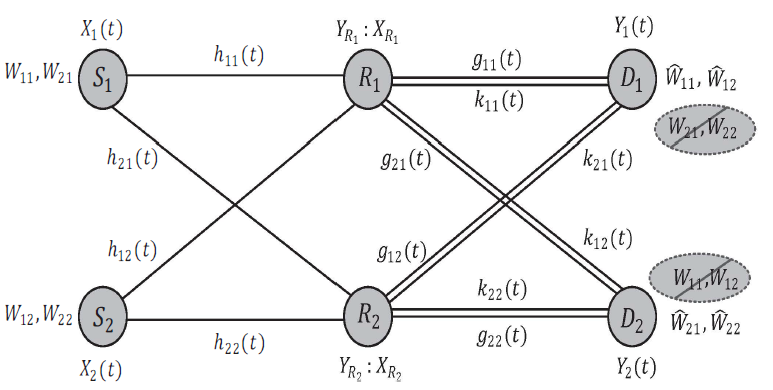
In this paper, SDoF of two-user two-hop X-channel is investigated. We consider blind transmitters alongside a relay having access to alternating CSI, and there exists feedback from one of the receivers to the relay. We present the optimal SDoF and achievable schemes for this case.
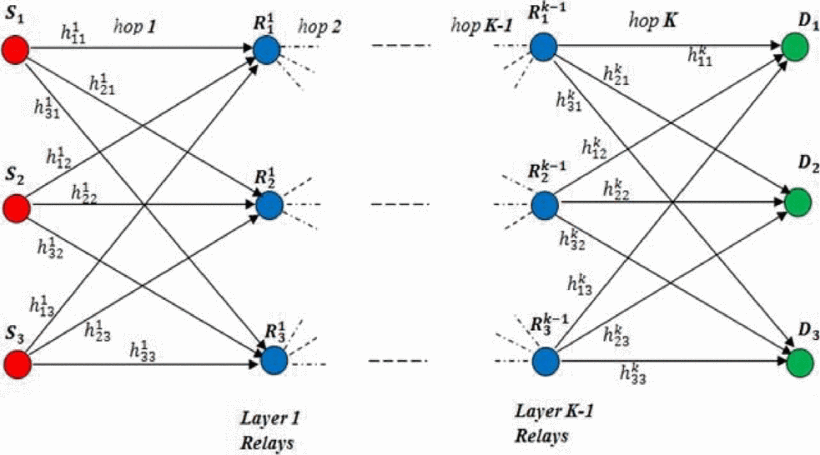
In this paper, we investigate the three-user multi-hop SISO interference channel. The relays do not have CSI and they use AF relaying strategy. With the aid of reconfigurable antennas at receivers, a blind scheme is presented to achieve the optimal DoF without CSIT.
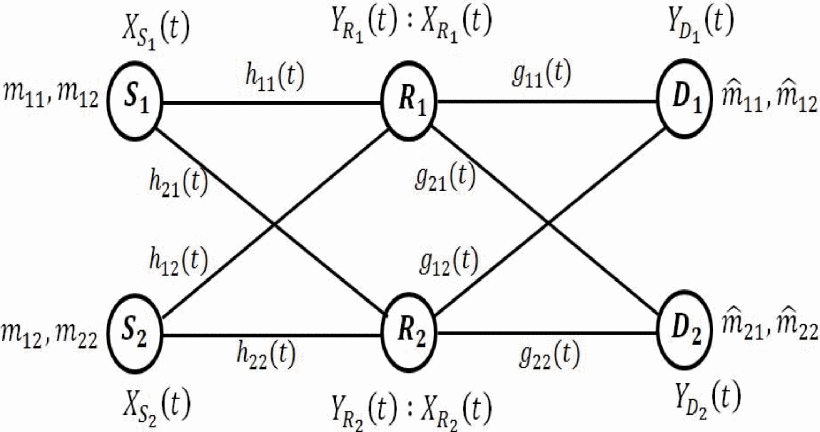
In this paper, we investigate the DoF in the two-user two-hop Interference X-channel (2×2×2-X) under two regimes of CSI availability: delayed CSIT and no CSIT. We present IA scenarios for each of these regimes which achieve the optimal Dof of 4/3.